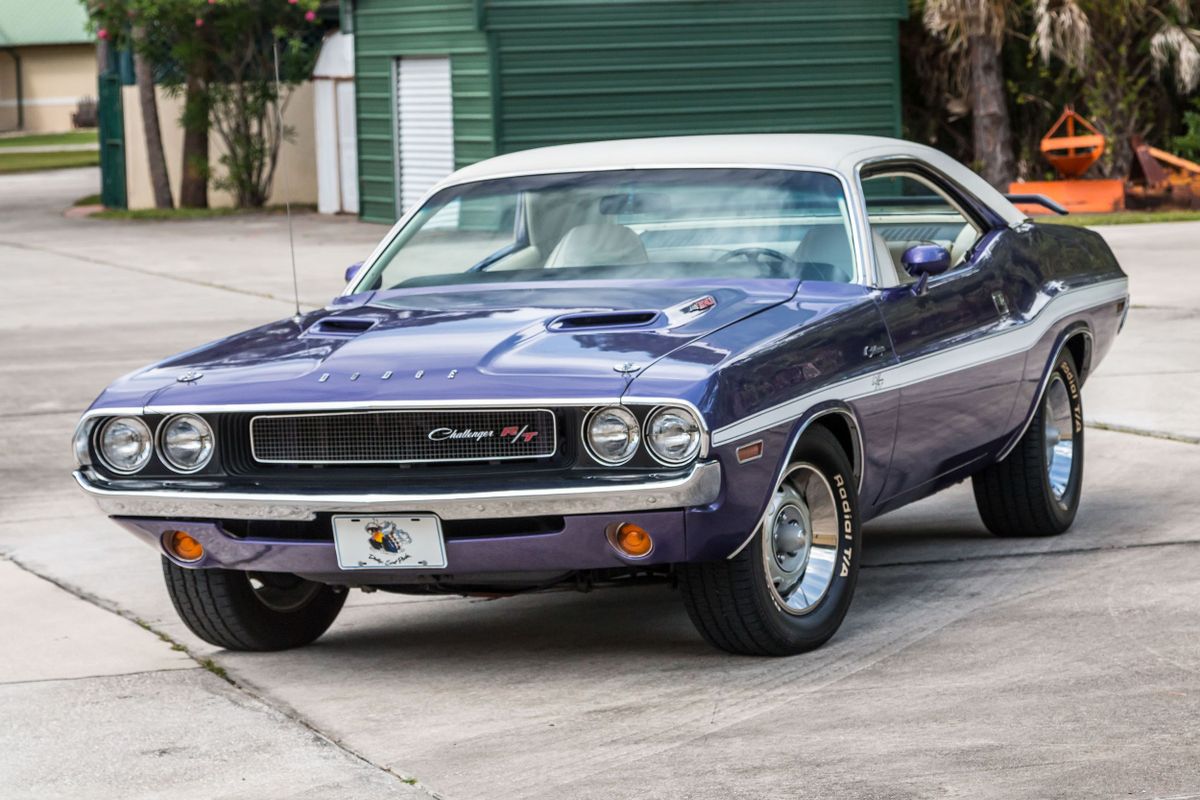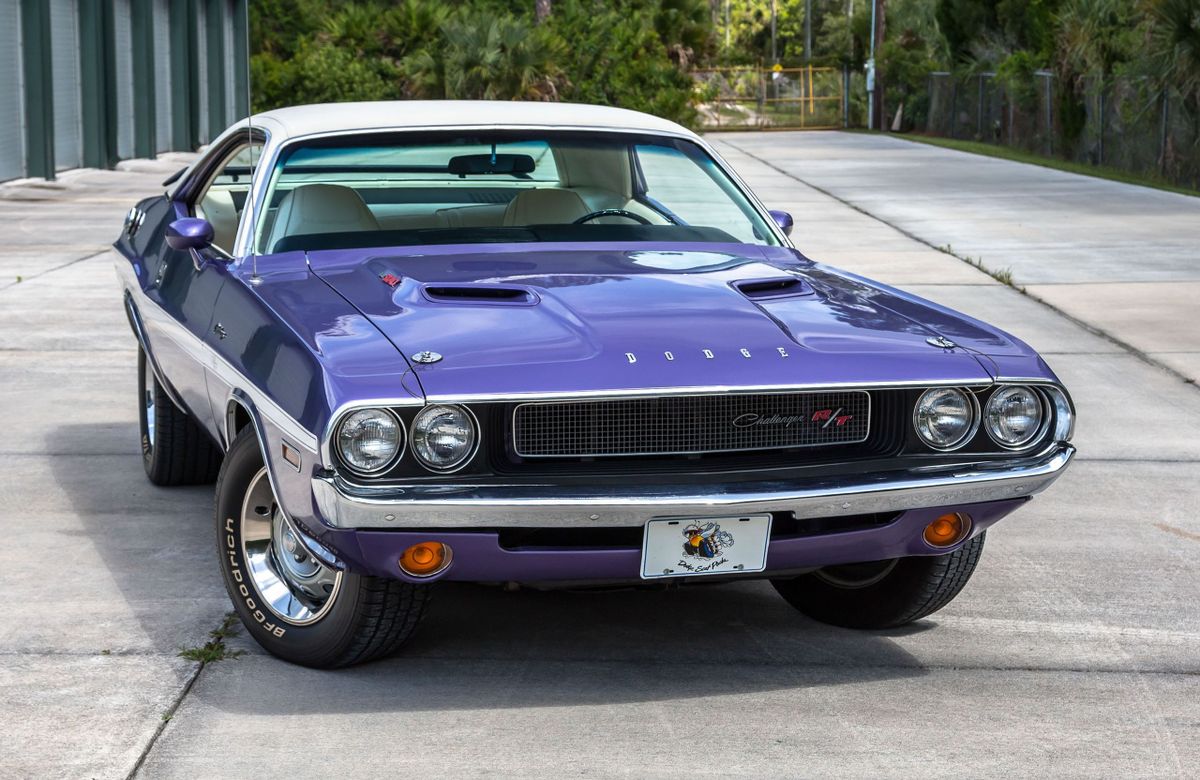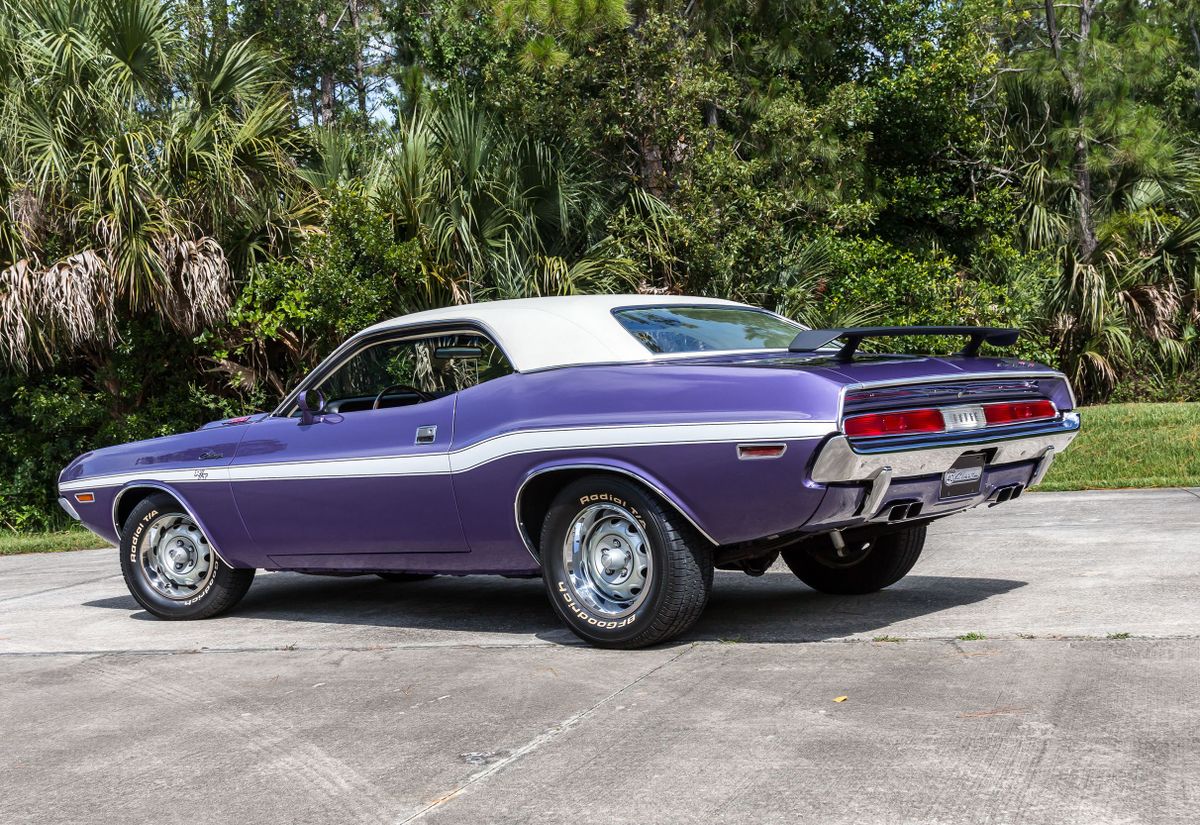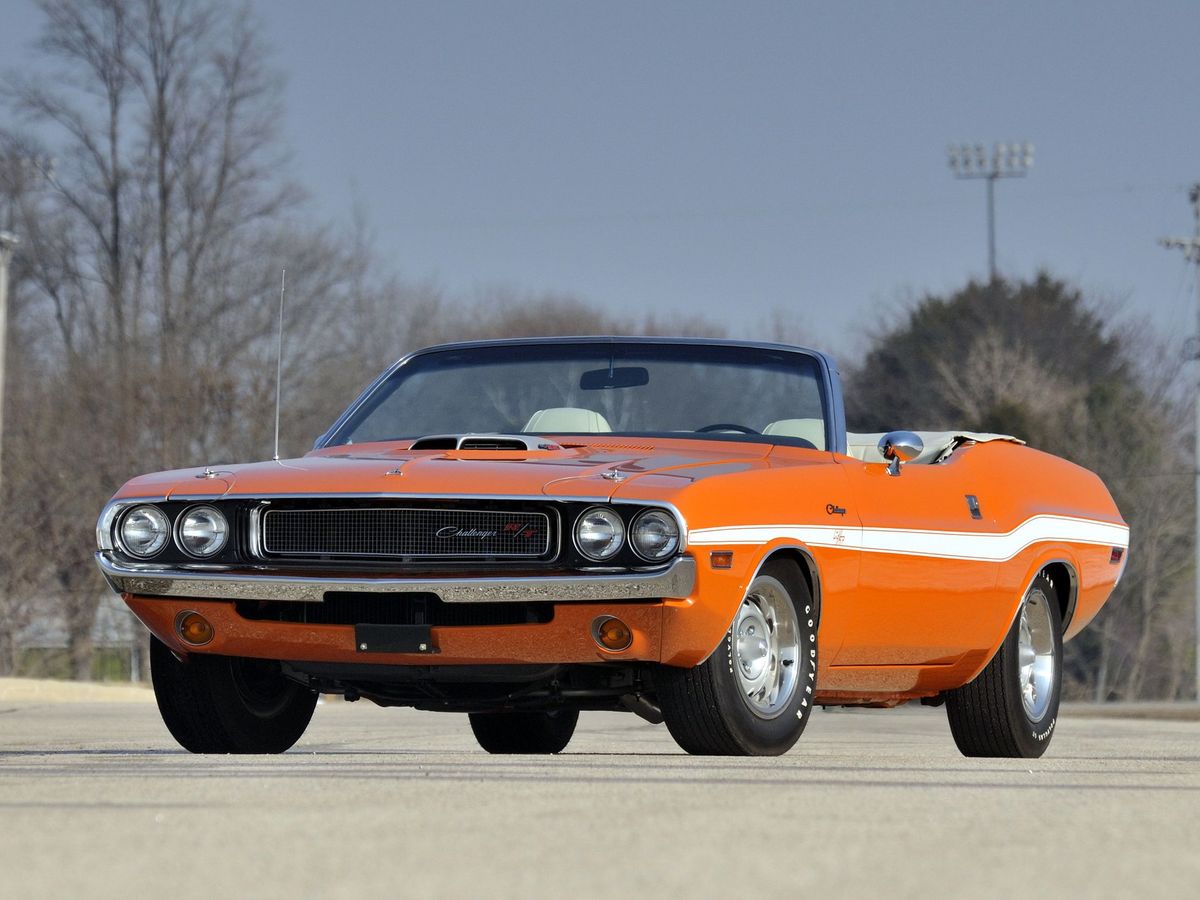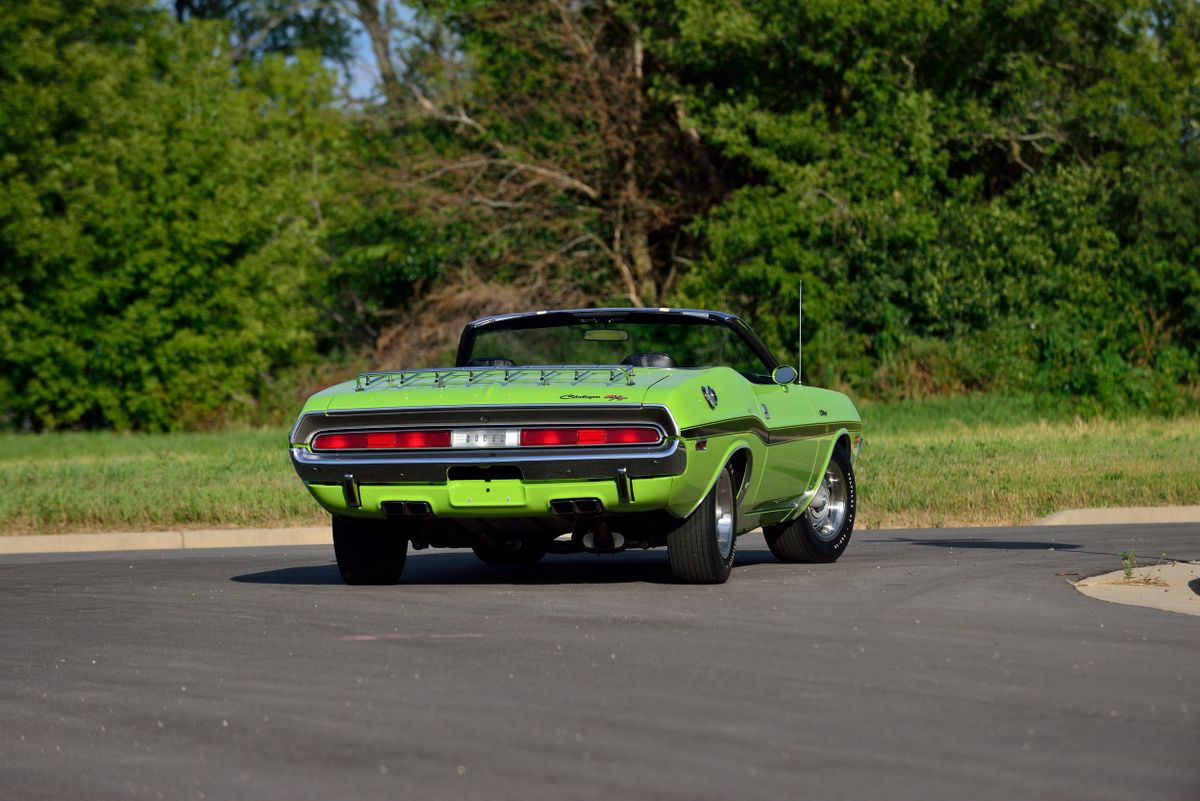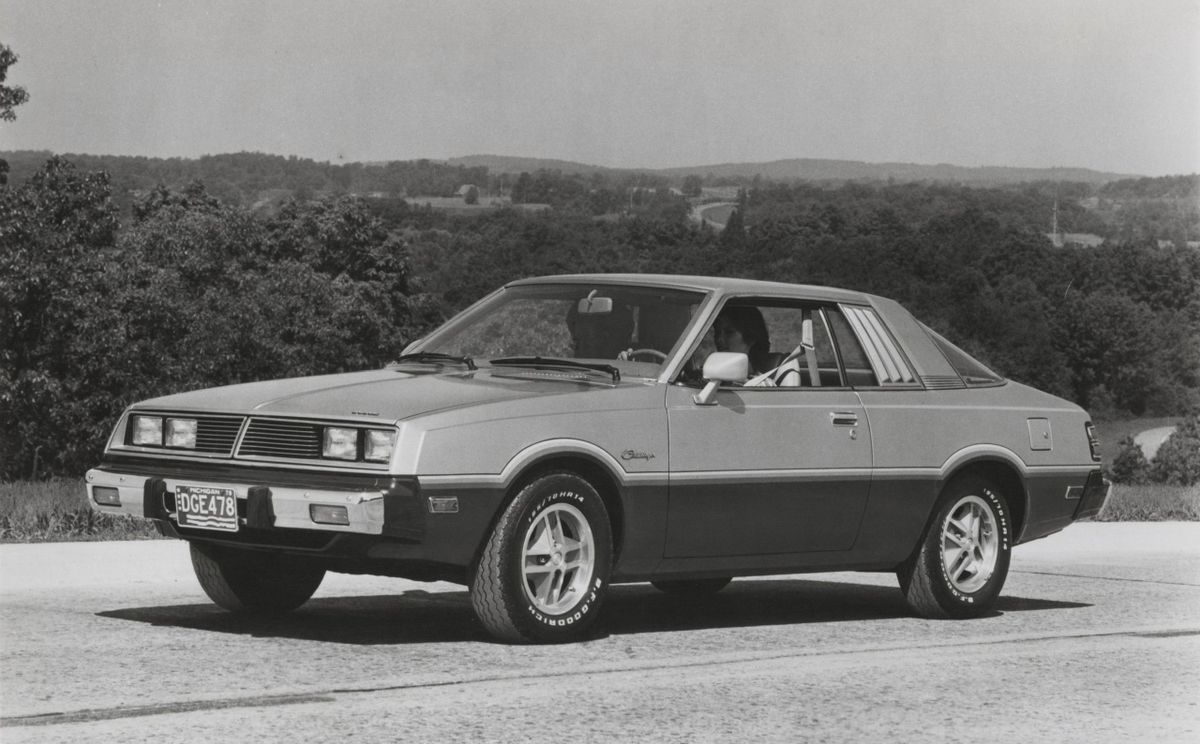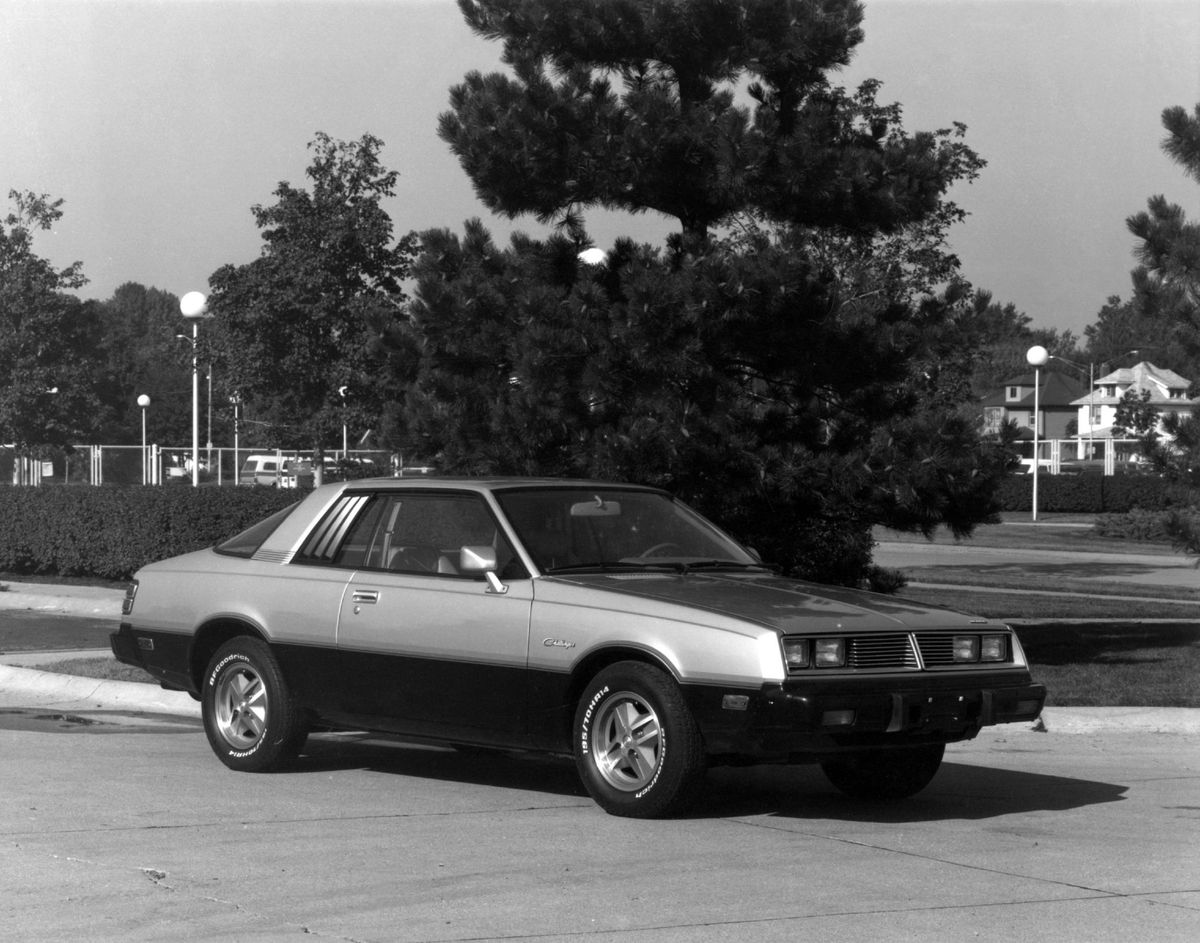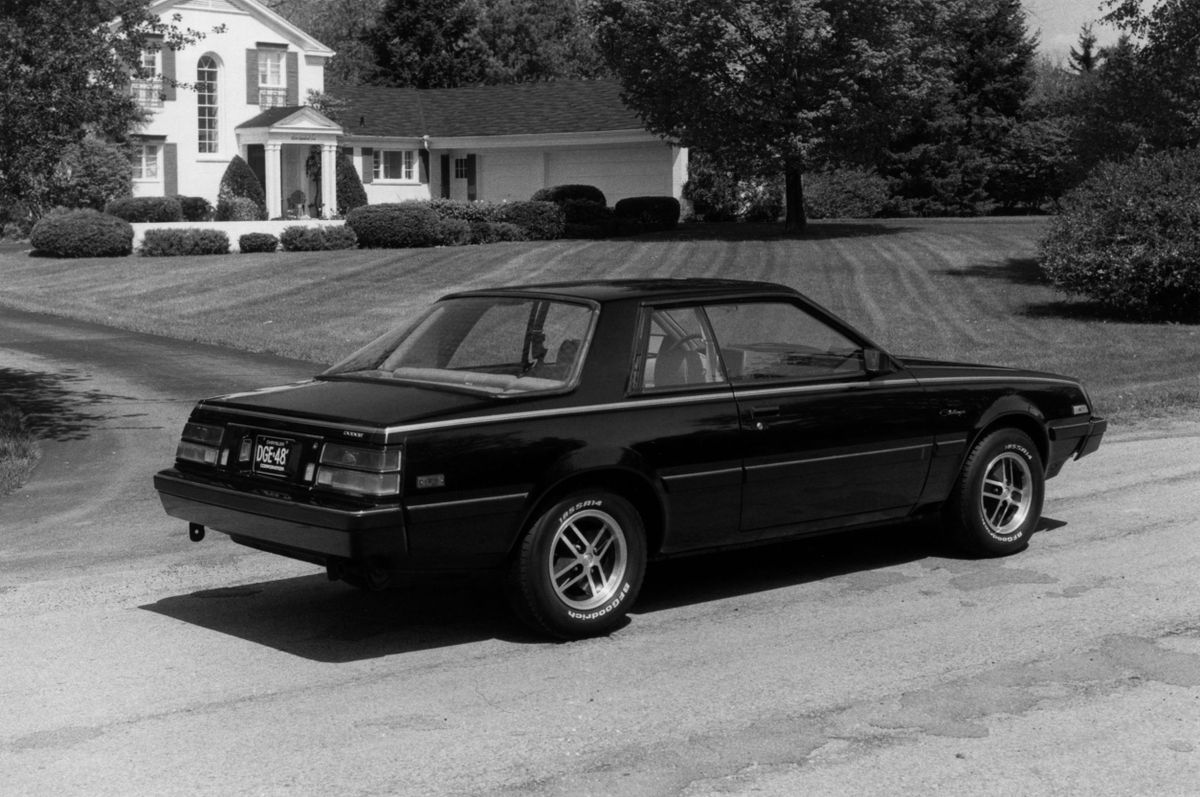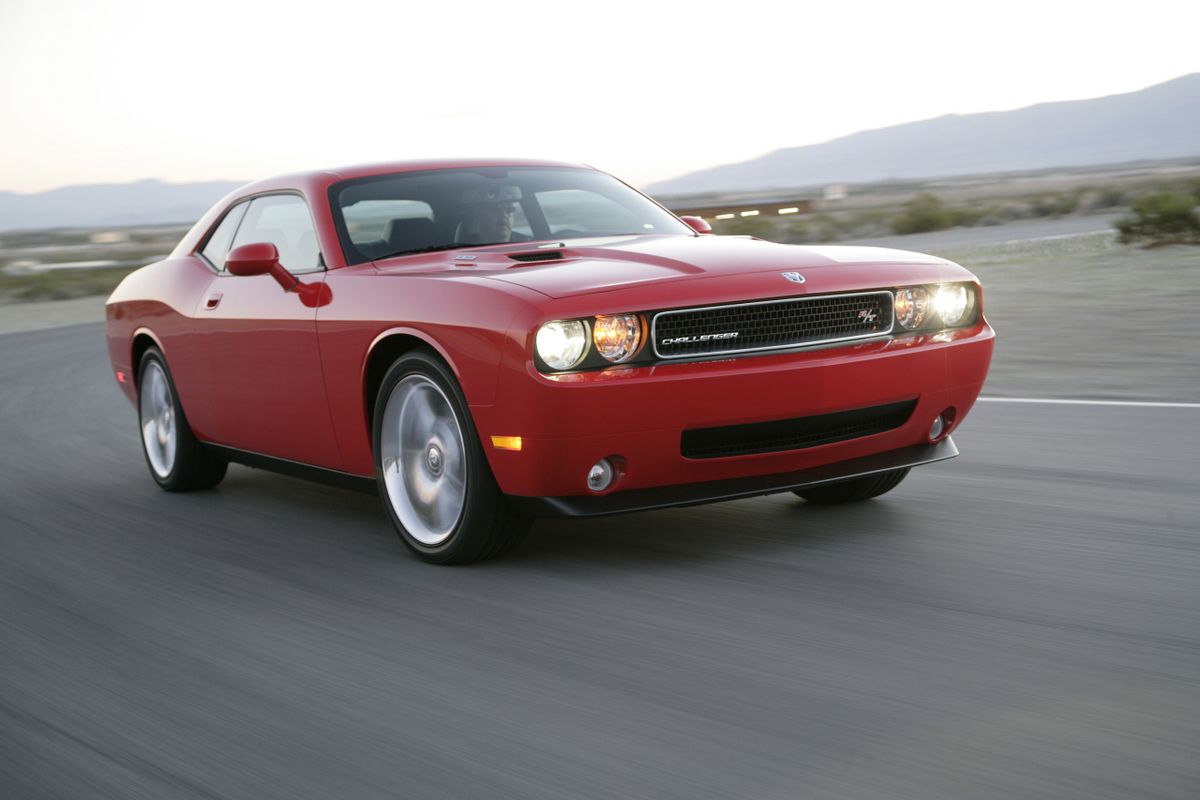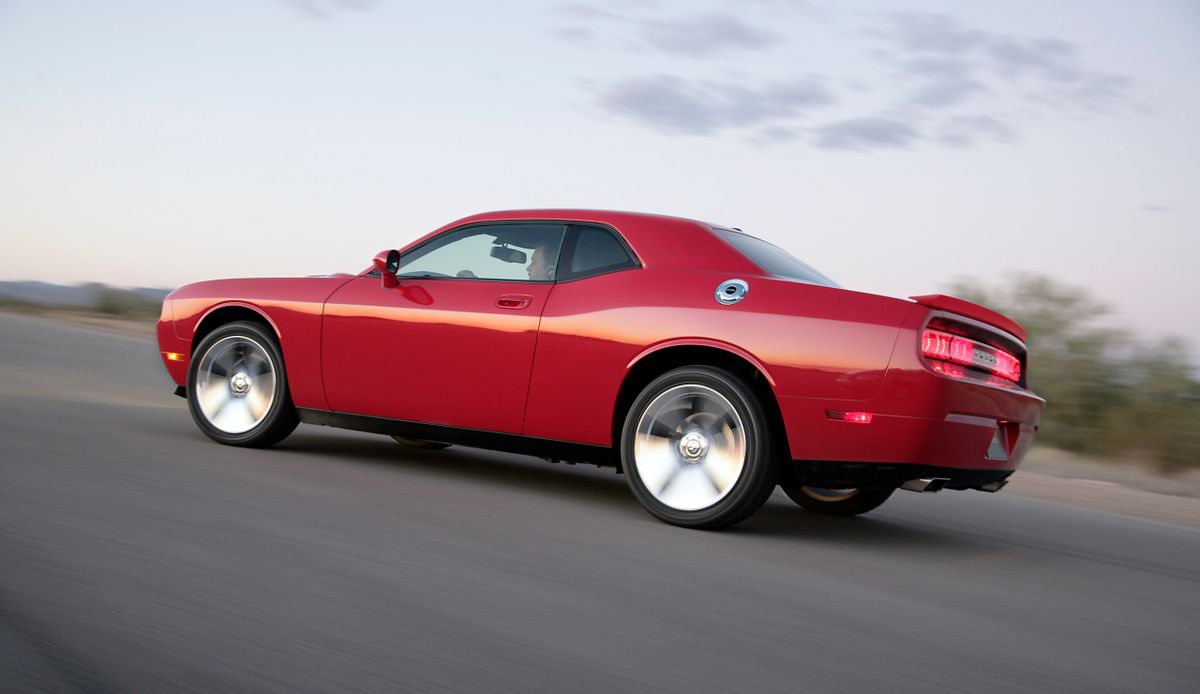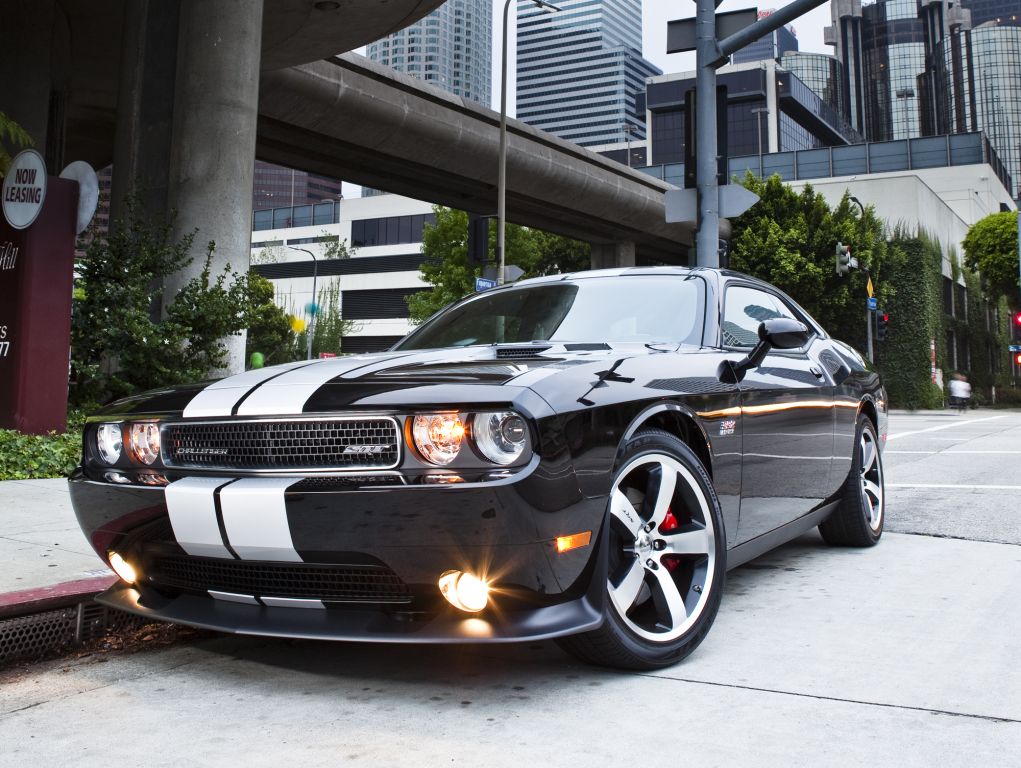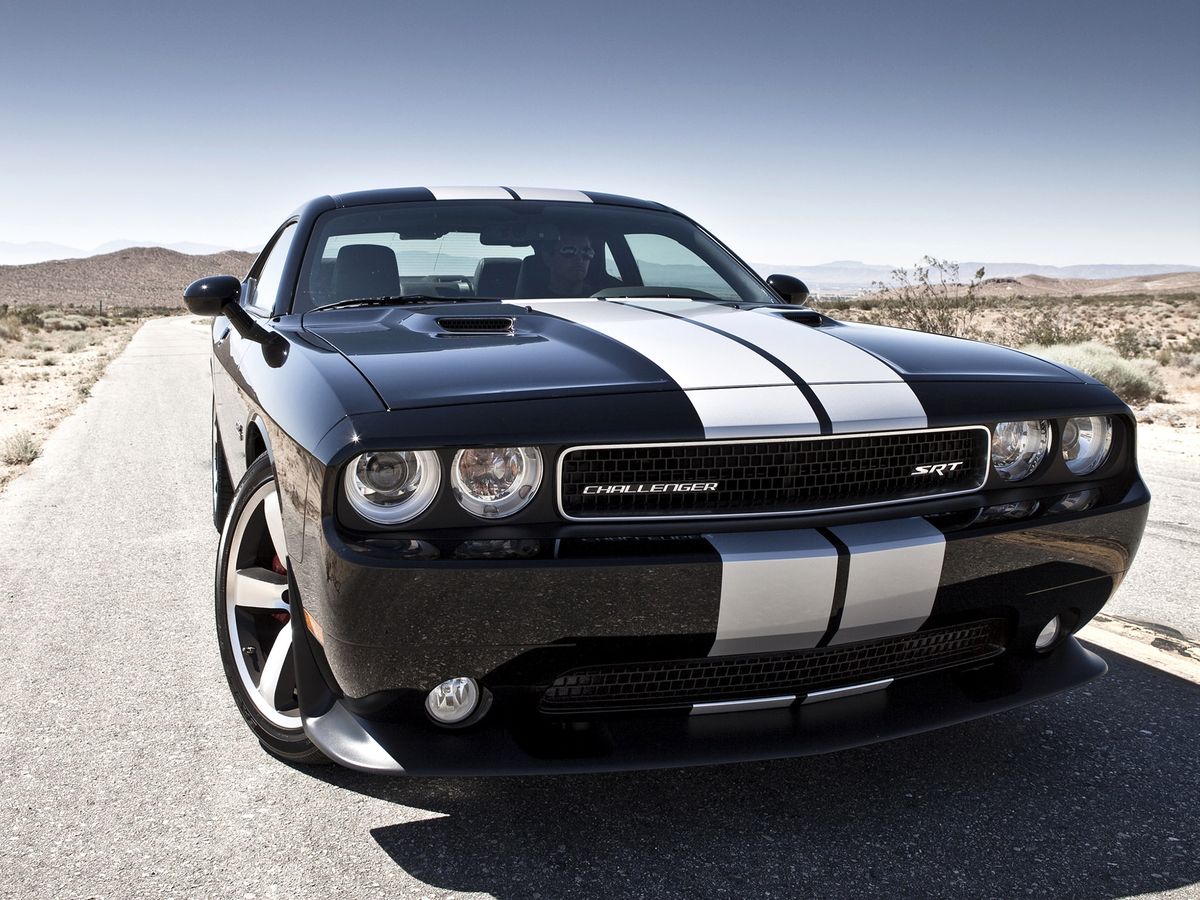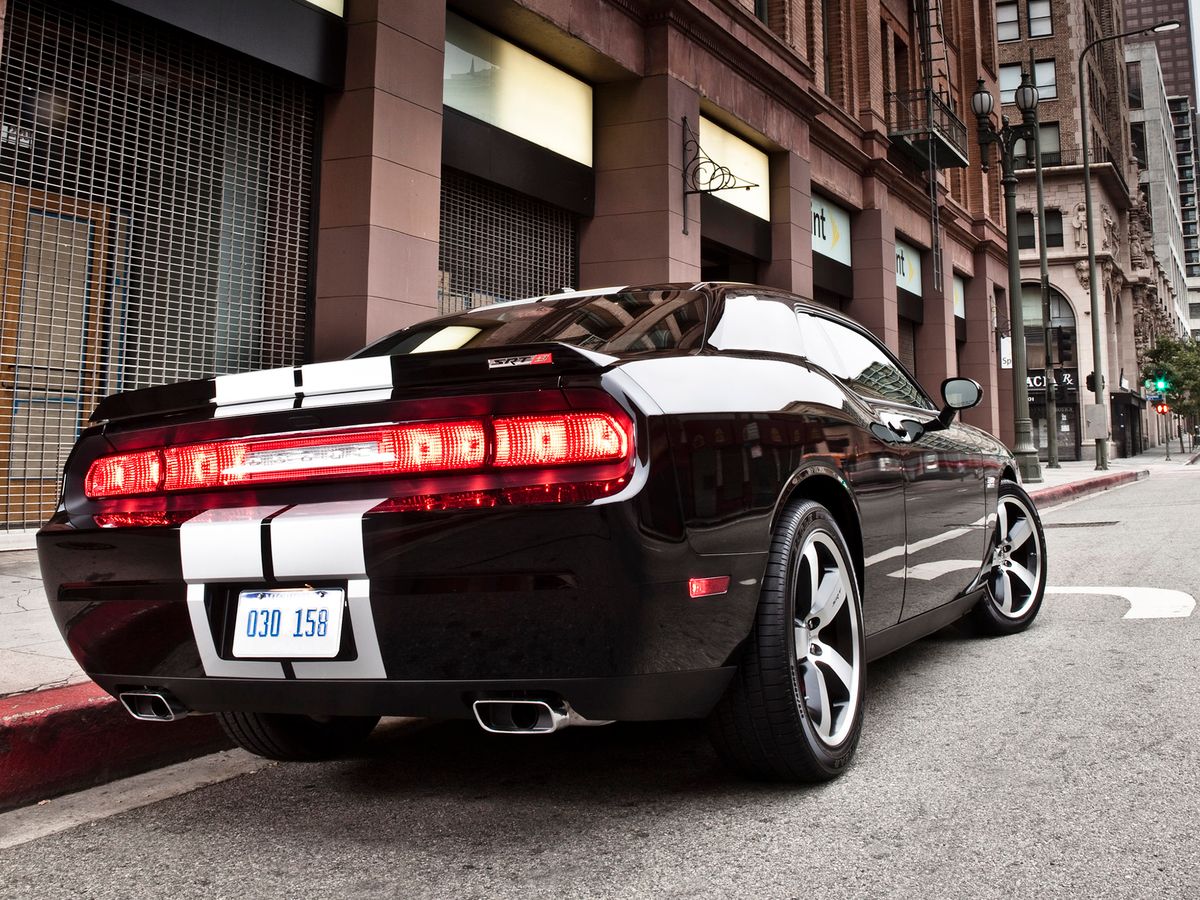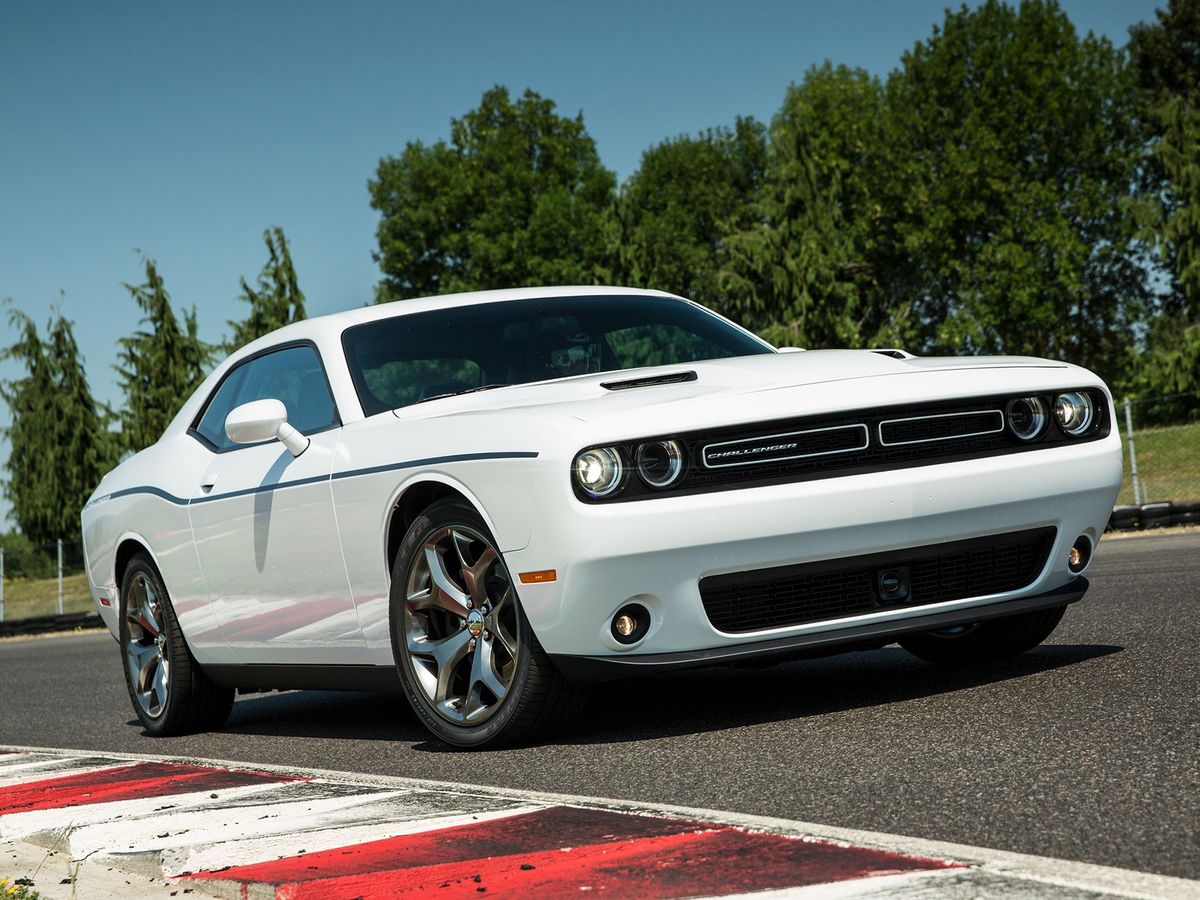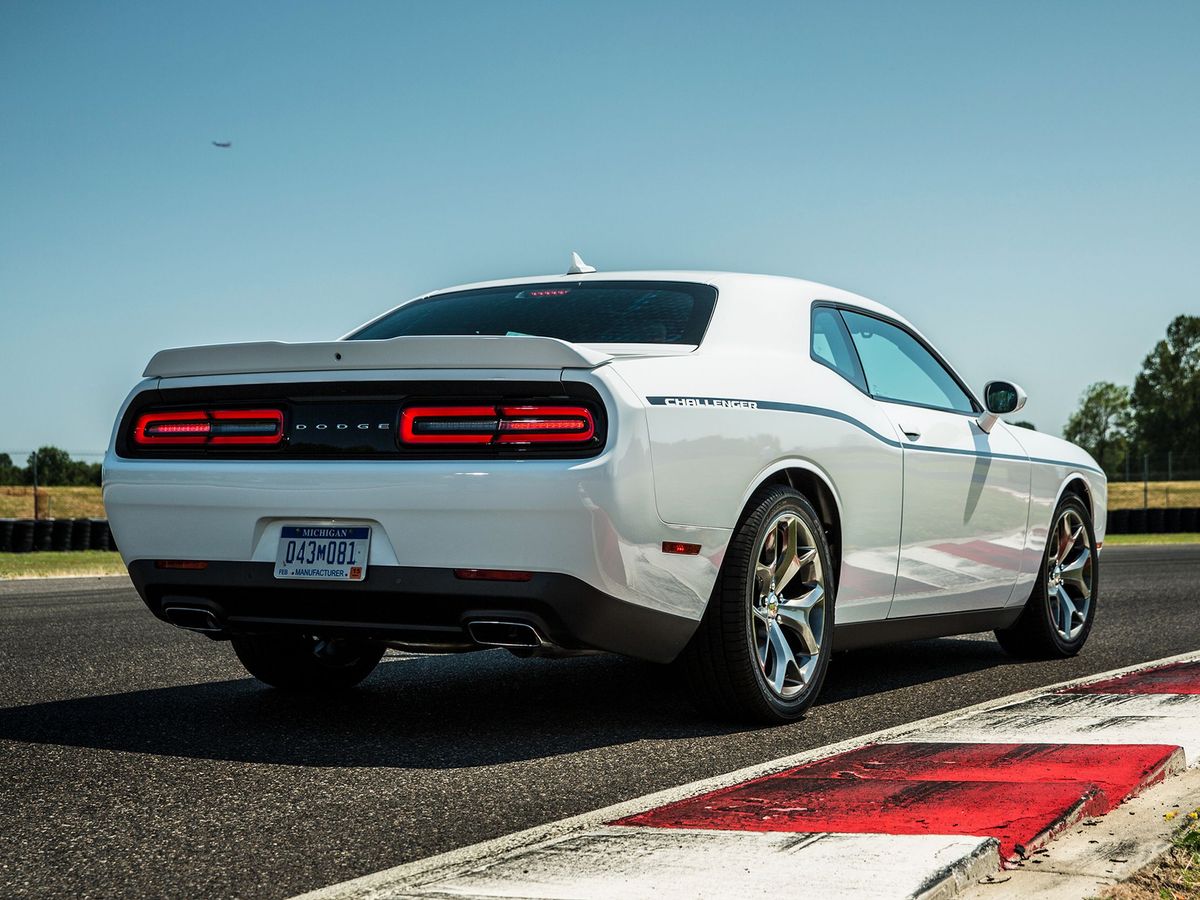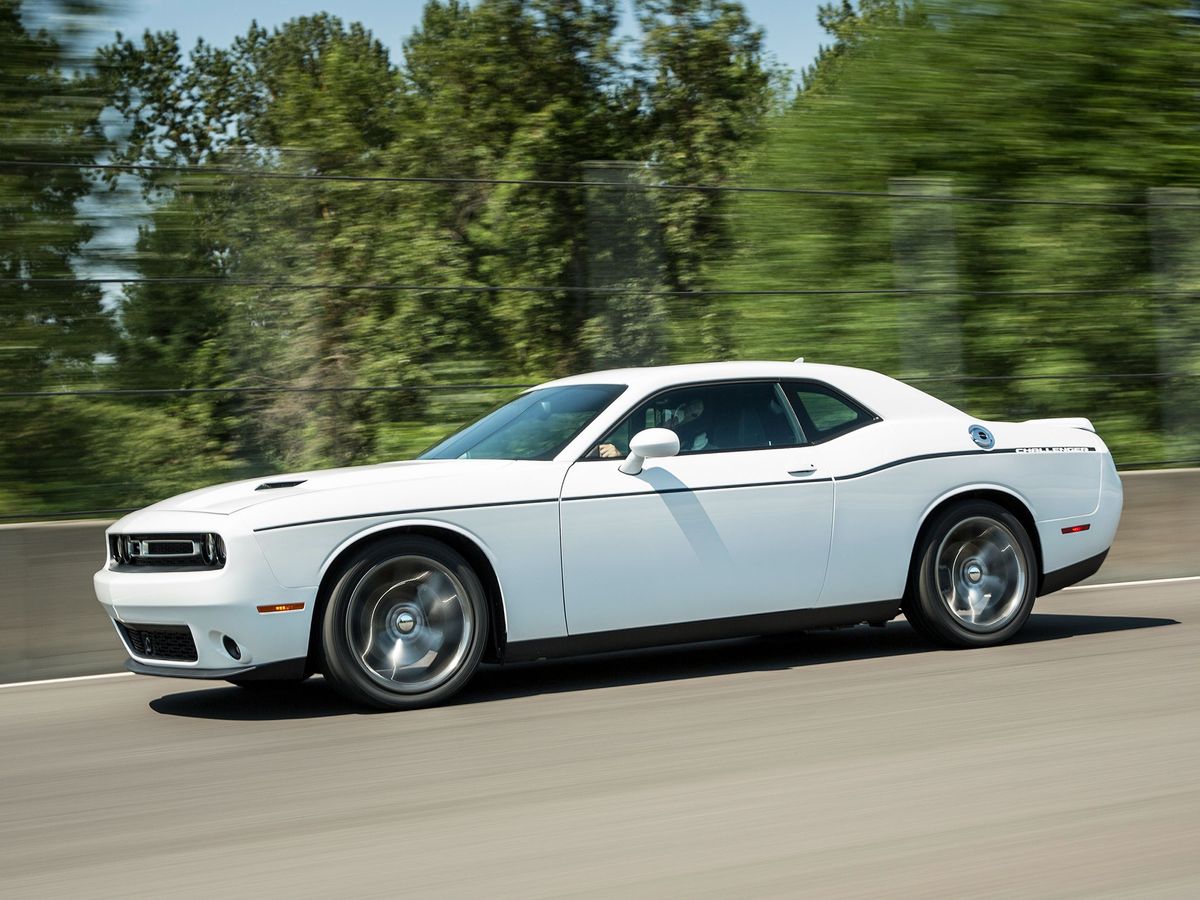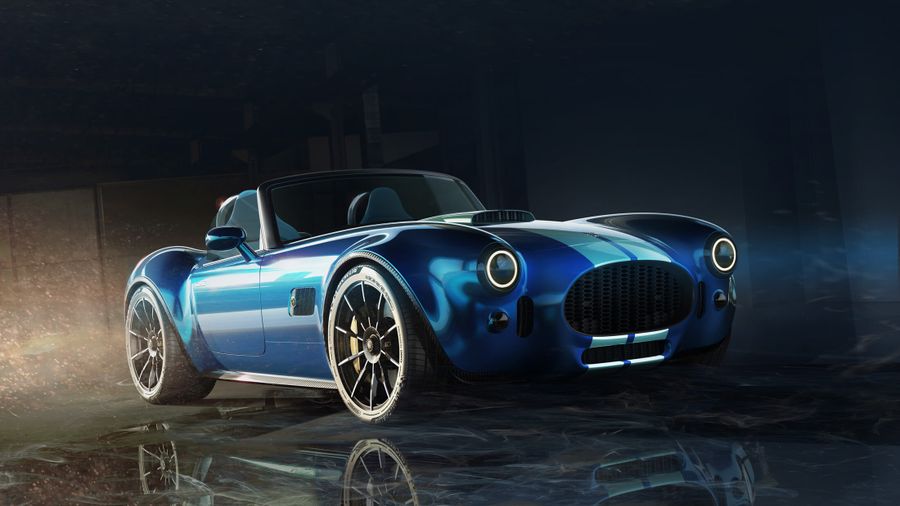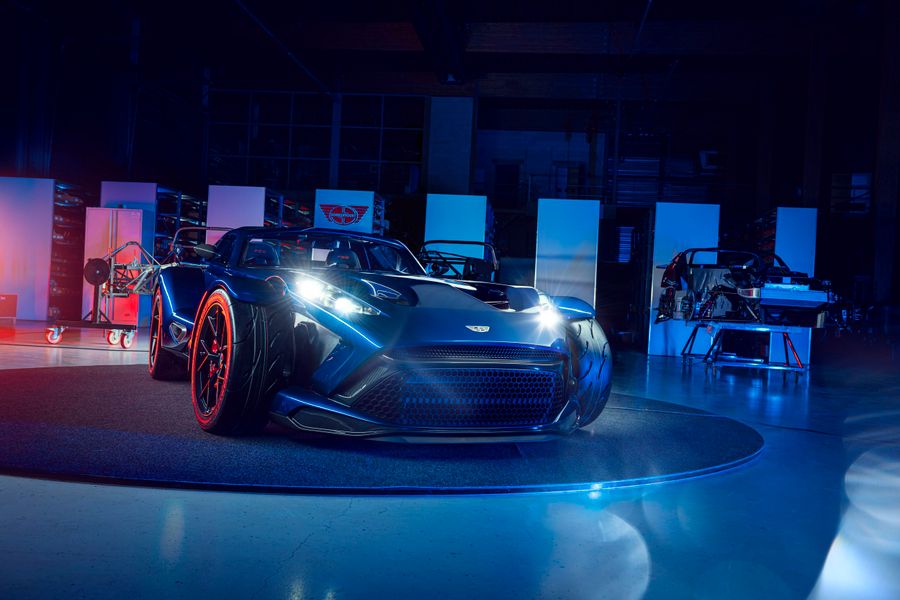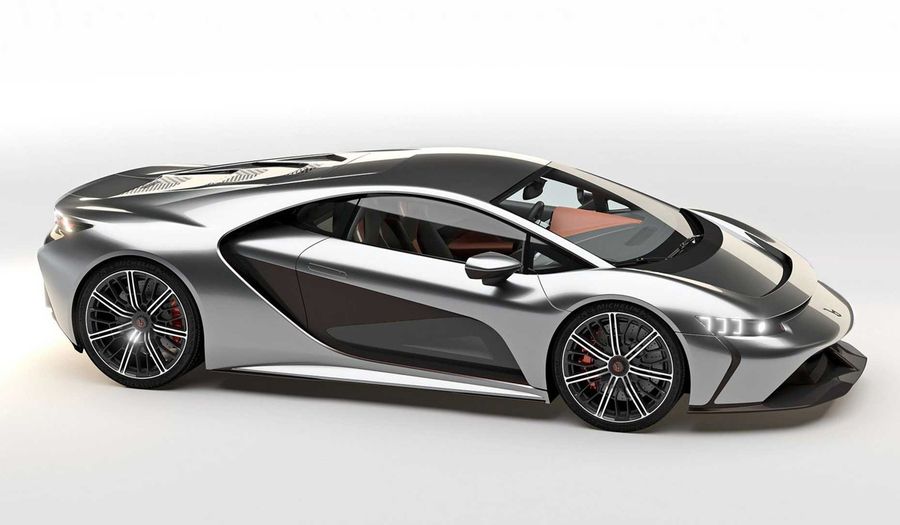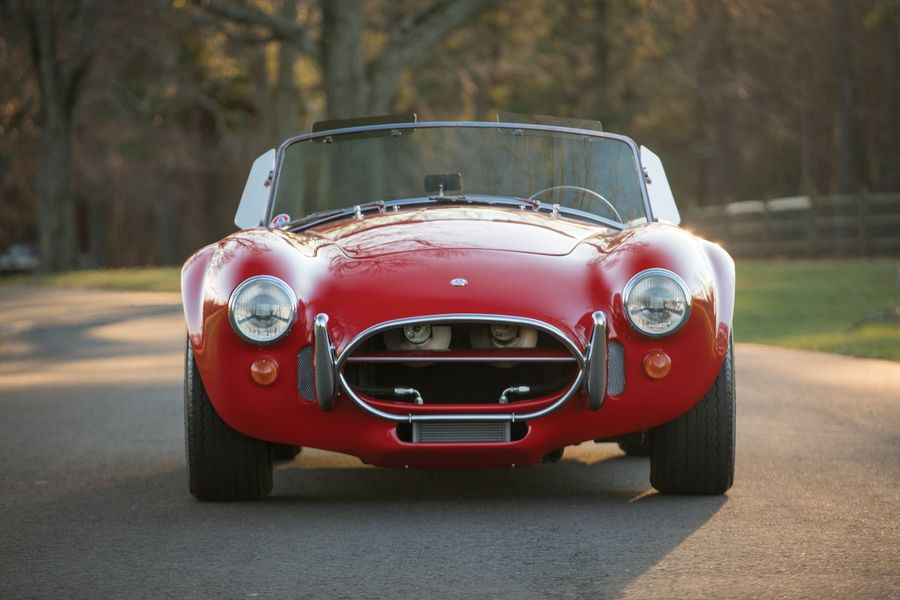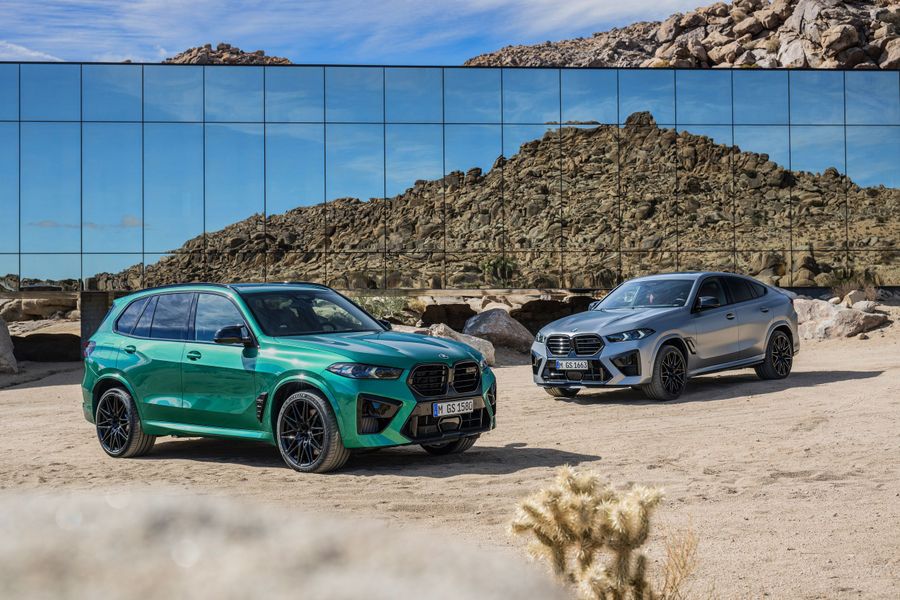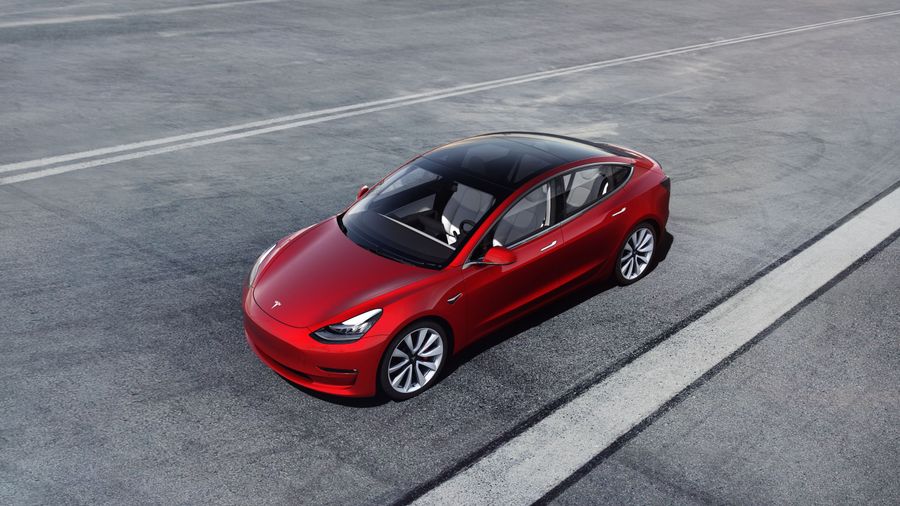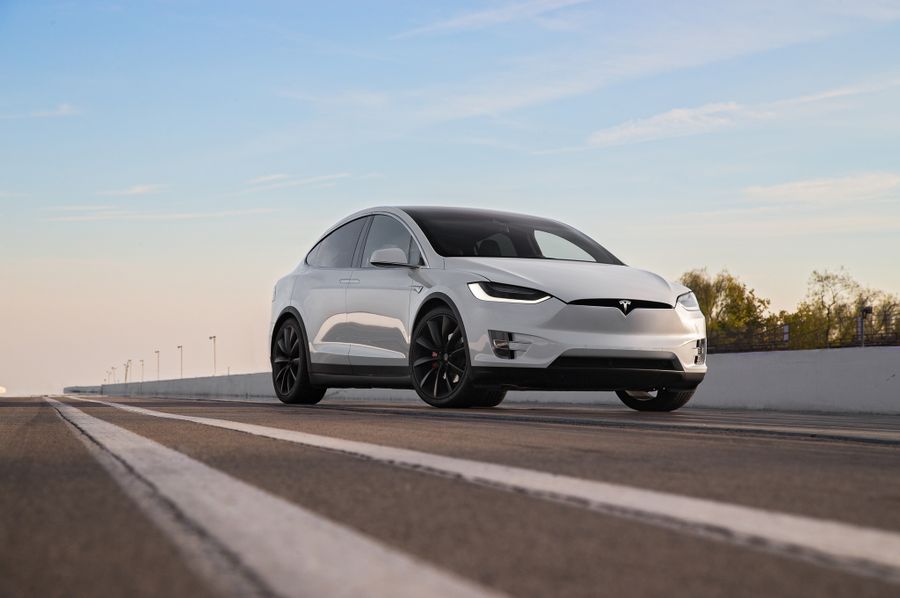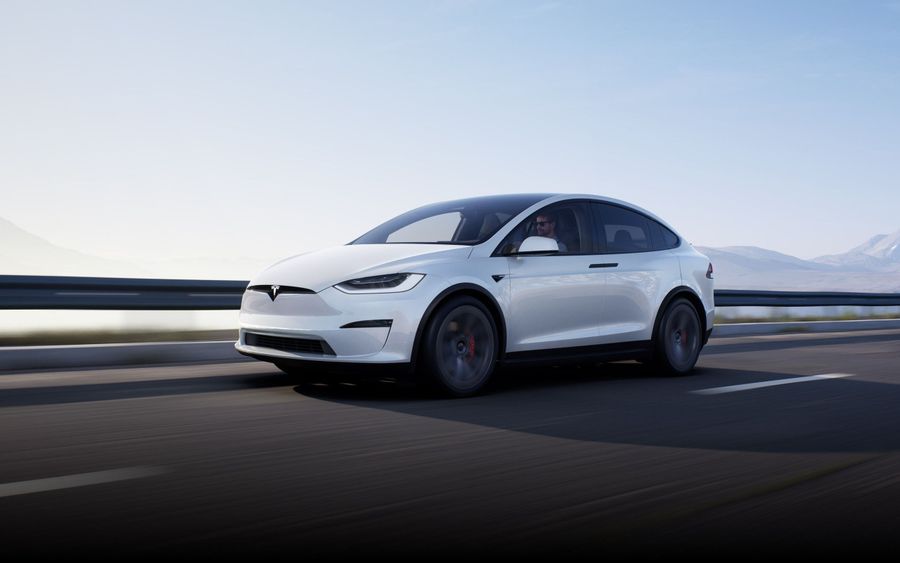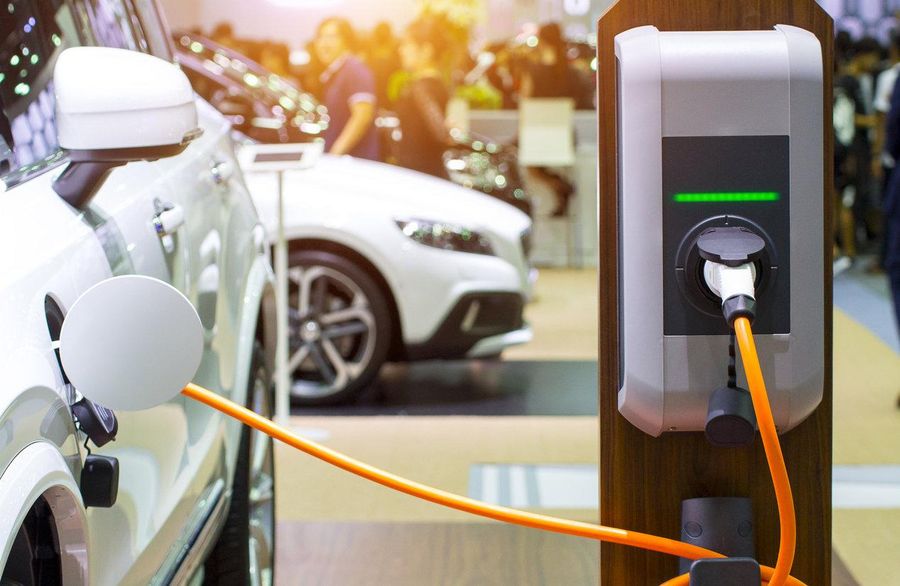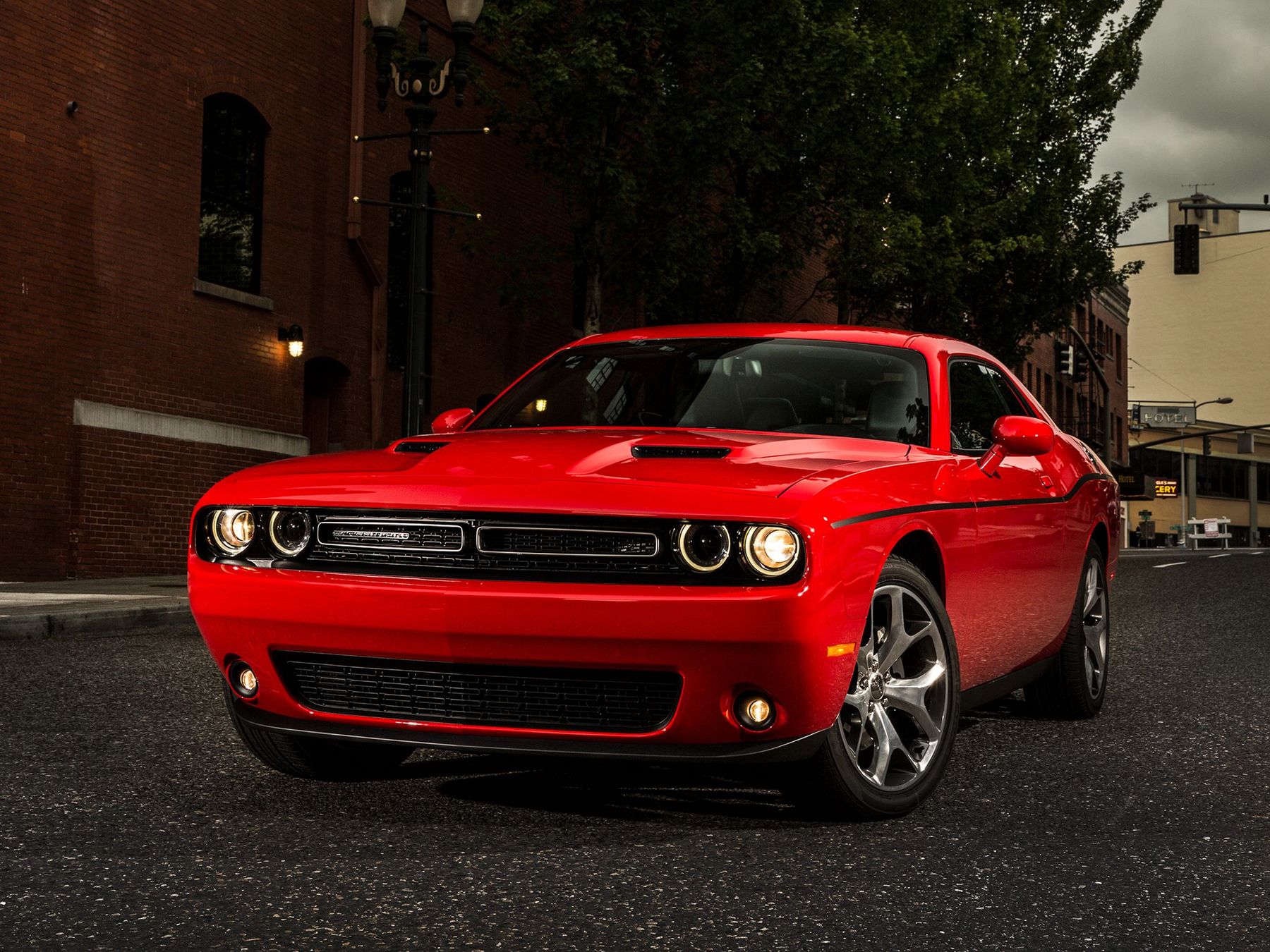
Timeless classics
The Dodge Challenger is an iconic supercar or even a muscle car manufactured by Dodge (USA), owned by the Chrysler Corporation. It has been produced since 1969 in coupe and cabriolet bodies (the latter was produced only in the first generation).
‘A white Dodge Challenger, who drove it? Kowalski? Kowalski from The Vanishing Point… It’s eternal, classic!’, that’s how the stuntwoman Zoe from Tarantino’s “Death Proof” described the Dodge Challenger's role for automotive history and cinema history at the same time. Moreover, the cult first Challenger was not a particularly successful model, and Dodge decided to get rid of it. But the Challenger turned out to be one of those cars that can come back to life thanks to the love of its fans. Therefore, the Dodge Challenger is still very much alive. Well, thank the god of automobile world for that.
The first generation
Roaring and hulky, the first generation Challenger travelled across the planet from 1969 to 1974. The Dodge Challenger was a ‘response’ to the Ford Mercury, long and powerful cars with a simple and dynamic silhouette. Initially, Dodge planned to continue the extremely interesting Chrysler experiment aimed at creating gas turbine engines (Turbo Dart, Chrysler Turbine Car, and Typhoon Ghia) and release the Challenger in 1970 as a gas turbine car. But later they changed their minds. Thus, in 1969, the company presented the Challenger as a regular muscle car built on the Chrysler E platform, in the form of a two-door hardtop coupe or cabriolet, in SE and Trans Am trim levels (like a racing option). The first Challenger could be equipped with two engine options: a 6-cylinder unit with 145 hp and an 8-cylinder unit with 390 hp.
Unlike the motorists who liked the Dodge Challenger very much, the professional press disliked it, as the car was too provocative, unsafe and heavy compared to competitors' muscle cars. But filmmakers immediately appreciated its extremely laconic design, making the supercar one of the most popular cars in the movie industry. And when the snow-white Challenger appeared in the notorious Vanishing Point together with the uncompromisingly shaggy Barry Newman, its sales skyrocketed and the muscle car became extremely popular. But the Challenger’s triumph did not last long. 1973 was the beginning of the oil crisis, which led to a collapse in sales of gluttonous muscle cars in general and the Dodge Challenger in particular. During the crisis, the engines kept on becoming less powerful (despite this, at the end of the era of muscle cars, the Challenger could produce 345 hp), and in 1974, the manufacturer officially ceased the production of the car.
The second generation
It was produced from 1977 to 1983. More precisely, Dodge, taking advantage of the status of a legend, gave the Challenger name to the Mitsubishi Galant Lambda. In the US, the car was marketed as the Dodge Colt Challenger. But the Japanese car lived up to the glorious name, the car was successful, although clearly not as powerful as the older model. The second generation Challengers had one characteristic and progressive, even revolutionary for those times, feature, namely a 4-cylinder engine, which provided excellent speed performance, competing with 6- and even 8-cylinder monsters. This was possible because Mitsubishi used balancing shafts in the design of a relatively low-power (77 hp) engine. Dodge’s merit is that the company’s engineers made a production version out of the engine. Plus, the body layout was very successful for igniting the asphalt with the wheels. The audience loved the Challenger, modified by Mitsubishi’s genes. For example, the annual sales amounted to 15 thousand units. Then the Challenger became obsolete and was replaced by the Conquest and Daytona models.
The third generation
Muscle cars returned from oblivion around the turn of the millennium. Ford revived the Mustang, Chevrolet brought back the Camaro, and the public went wild with joy. Dodge had no choice but to revive the Challenger. The third Challenger was launched in 2008. The new exterior design featured the classic lines of the 1970 version, but the new Challenger was longer, higher, larger, and was built on the LX platform (the same platform was used for the pretentious Chrysler 300 and the very elegant Dodge Magnum).
Fans were delighted to learn that the Challenger engines were restored to their former power. In 2008, all versions of the iconic model were designated as ‘Limited Edition 2008 SRT/8’ and could produce over 300 hp. And all of them were sold out before the release, after which Dodge started producing ‘regular’ car versions. In 2009, the manufacturer introduced the Challenger SE (V6 engine, 3.5 L, 250 hp), Challenger R / T and Challenger SRT8 (5.7 L, 370 hp), accompanied by a 5-speed automatic or a 6-speed manual transmission. Unlike previous generations of the Challenger, Dodge carefully controlled the need for regular upgrades. So, in 2010, the Challenger underwent the first restyling. The 2010 Dodge Challenger was a large sports coupe that could accommodate five passengers. Trim levels depended on engine power, including the entry-level SE with the V6, R / T with the V8 and the most powerful SRT8.
Introduced in 2008, the new Challenger could be recognized by the classic lines of the 1970 version, but the new supercar was longer, higher, larger, and was built on the LX platform.
The entry-level Challenger was powered by a 3.5-liter V6 engine producing 250 hp, accompanied by a 5-speed transmission. The R / T featured a 5.7-liter 8-cylinder beast with 372 hp, coupled with a standard 5-speed automatic transmission or optional 6-speed manual transmission. The SRT8 came with a 6.1-liter V8 engine with 425 hp and an automatic or manual transmission. In terms of acceleration to 100 km/h, the Challenger SRT8 outperformed its eternal rivals, the Mustang GT and Camaro SS. Moreover, it was more massive. In general, the fans of the legend were happy.
The muscle cars have always had problems with safety. But the new Challenger models were an exception. The restyled version included the following safety options: stability control systems, disc brakes with anti-lock braking system and brake booster, belts, curtains, etc., which allowed this crazy car to get maximum performance in all the driver and passenger forward and side protection tests.
In 2014, the Challenger underwent another restyling. In the new version, Dodge still shamelessly exploits the Challenger’s retro design (which is actually great). But the classic contours hide a modern high-tech high-speed car. The Challenger still has its basic 6-cylinder engine, but there is a new modification for the completely insane fans, called the SRT Hellcat with a 6.2-liter supercharged V8 engine that generates 707 hp! However, the 2015 Challenger is not a slave to speed and body rattling under the load, but a comfortable car with cozy seats, a large trunk and options for ensuring a quiet and comfortable ride at any speed.
The 2015 Dodge Challenger is a five-seater coupe that comes in seven trim levels: SXT, SXT Plus, R / T, R / T Plus, R / T Scat Pack, SRT 392 and SRT Hellcat. They offer different engine power, as well as different control, comfort and safety options. Plus, the 21st century muscle car has many useful electronic assistants and entertainment options, in particular, electric folding mirrors, xenon headlights, parking sensors, blind spot monitoring system and rear cross path detection, remote start, automatic wipers, adaptive cruise control and forward collision warning system and so on and so forth.
During the national crash tests, the Challenger received a five-star rating for general collision protection, a four-star rating for overall forward collision safety, and a five-star rating for overall side impact safety. The IIHS awarded the Challenger the highest score for safety in crash tests, but it is also noted that it is not very safe in a direct forward collision. So, there is a price to pay for adherence to old-school design. But who in their right mind would dare to frontally attack such a lovely car as the Dodge Challenger? Certainly not me.


